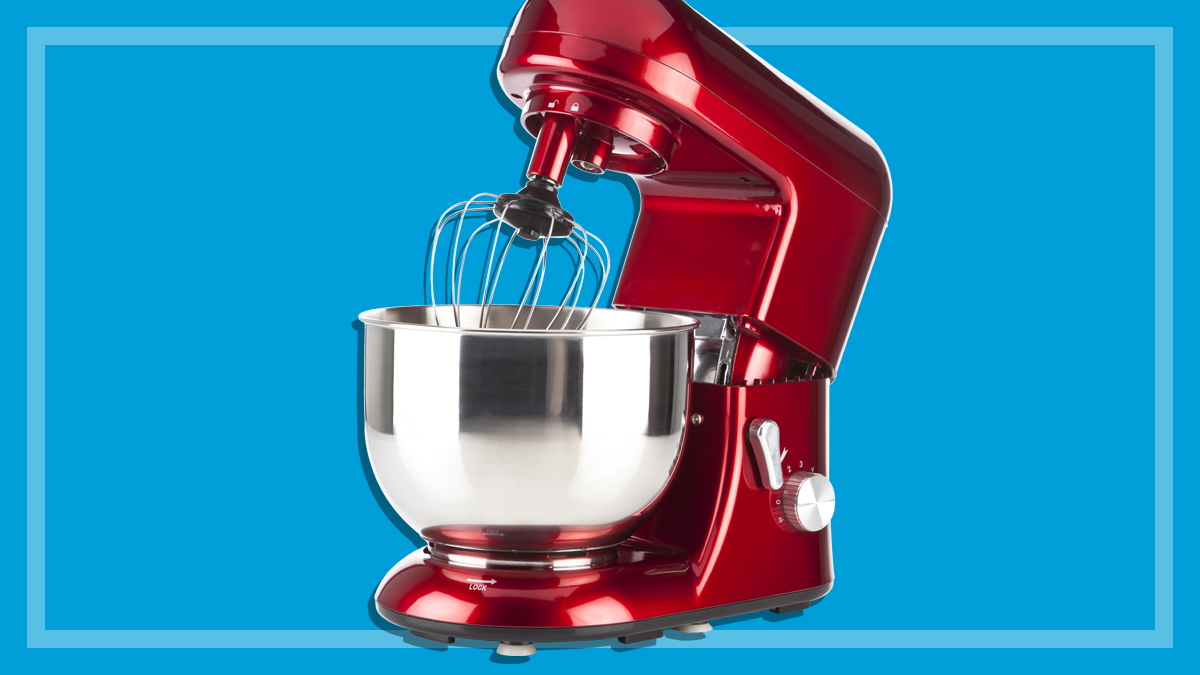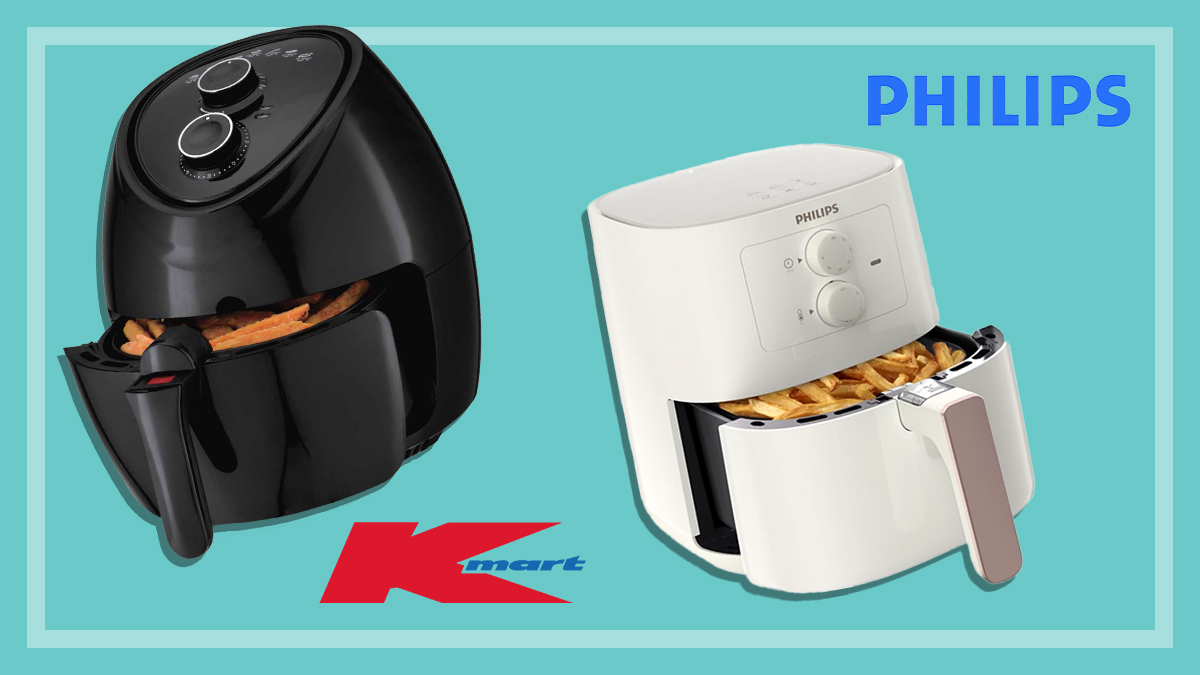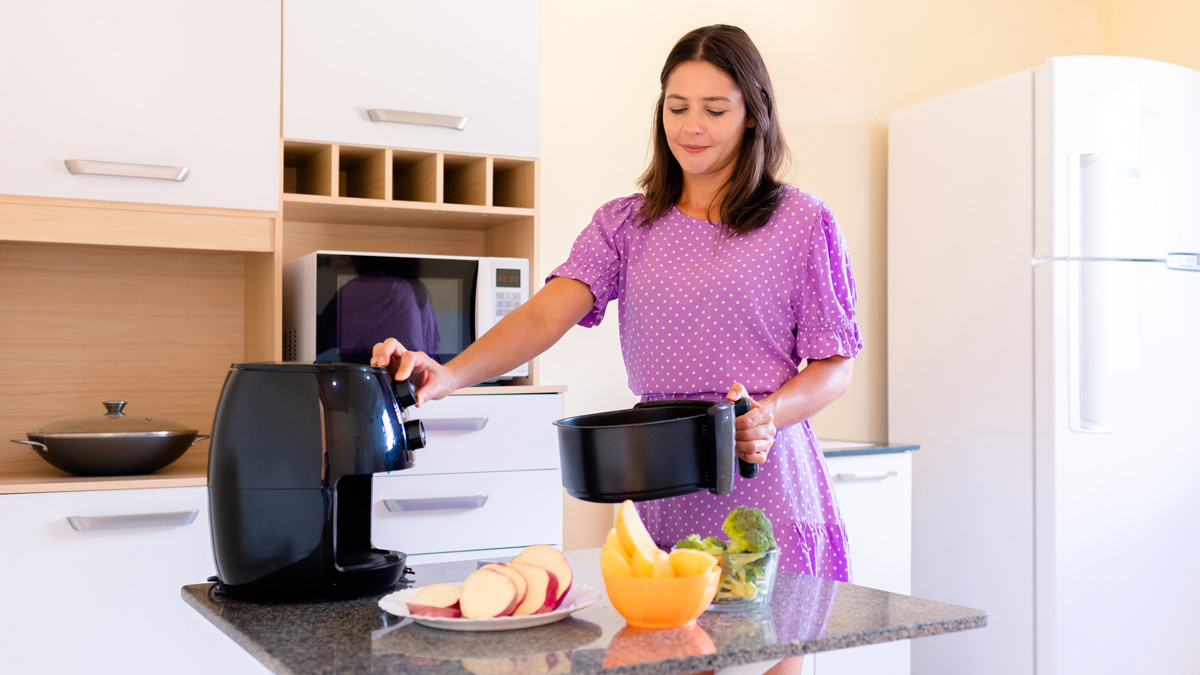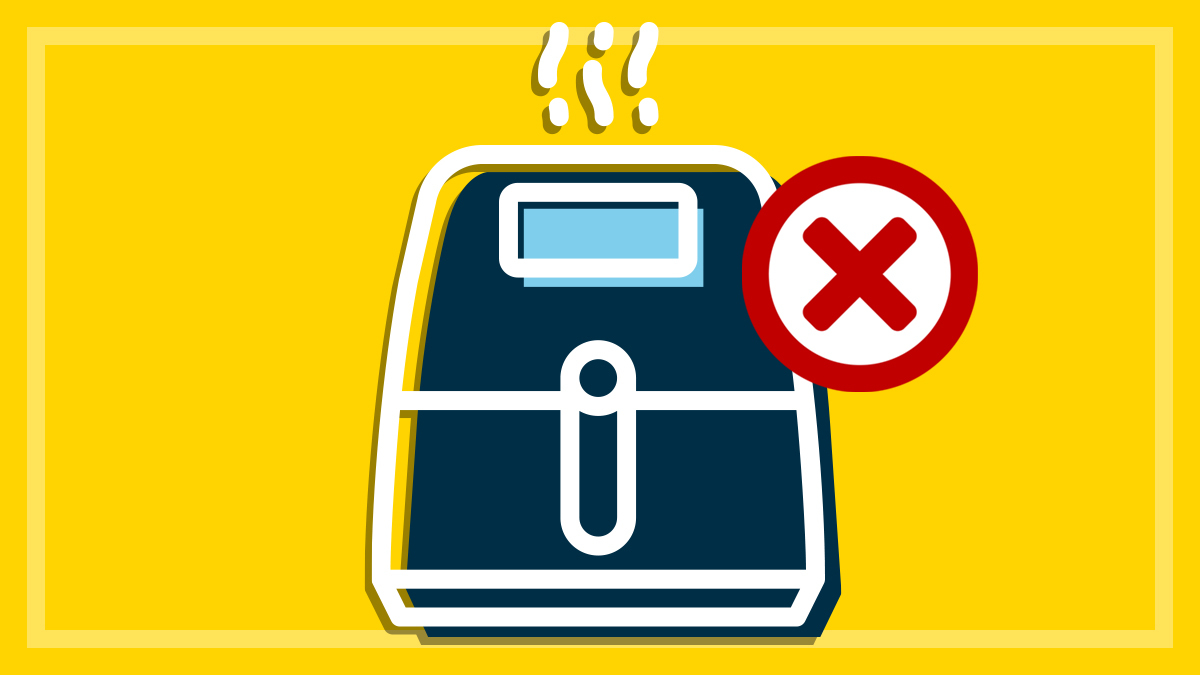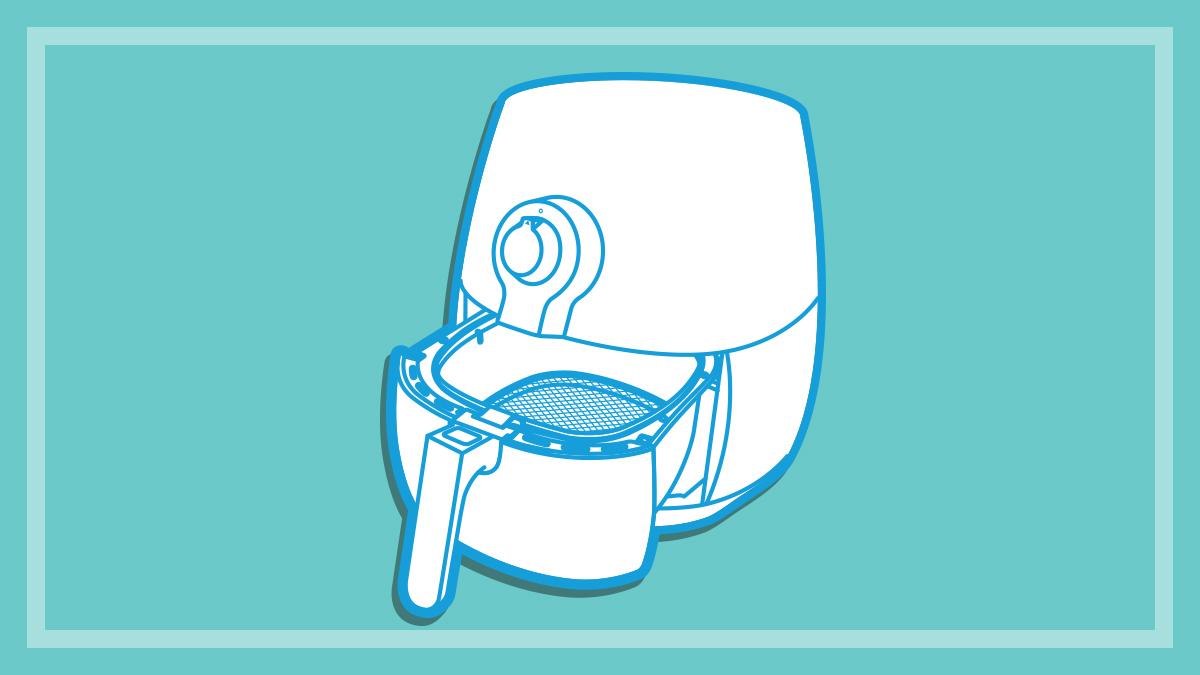What to look for in a kitchen mixer
Take the hard work out of kneading and heavy mixing.
Last updated: 15 Dec 2022
From kneading bread and pizza dough to mixing heavy cake batter, benchtop mixers (also known as kitchen or stand mixers) have come a long way.
On this page:
Now you can buy additional accessories for your machine that’ll transform it into a mincer, pasta maker, blender and citrus press, just to name a few. And they’re available in stylish designs, demanding to be displayed on your benchtop.
If you’re looking to up your baking game, follow our guide to make sure you get the best stand mixer model for your needs.
What is a stand mixer?
A kitchen mixer is a benchtop appliance commonly used for mixing, whisking and kneading batters and doughs. It has a mixing bowl that attaches to the base of the unit and utilises mixing tools like beaters, whisks and dough hooks to do the grunt work for you. It’s the ideal appliance for the baking enthusiast.
Types of stand mixers
Being able to make your own doughs and batters means much healthier options are available for you and your family, particularly if there are allergies or food intolerances in the mix.
You can be sure of every ingredient that goes into your food, and combine it easily with the help of a mixer. If you buy a model with the ability and versatility to accommodate extra attachments, you can make even more foods from scratch, like pasta for example.
But first you need to decide between two mixer types: single tool and twin attachments.
Single tool attachments
Mixers with single tool attachments can handle heavier loads and knead dough. This type of mixer is for the serious and regular cook, and ideal for batch preparation.
Twin tool attachments
Mixers with twin tool attachments can whisk and mix well, but struggle when mixing and kneading heavier batters. They’re a cheaper alternative for the occasional cook, but if you’re making dough, you’ll have to knead it by hand.
How much do stand mixers cost?
The models in our latest kitchen mixers review range in price from $75 all the way up to $1149. But price isn’t necessarily an indicator of quality – we found there were both cheaper and higher priced models that rated well, or otherwise.
Some offer added features and sturdier benchtop bases, which provide more stability during heavy-duty tasks like dough kneading. But attributes like these tend to go hand-in-hand with hefty price tags.
Many also offer add-on attachments that can turn your mixer into a pasta maker, spiraliser and ice-cream maker, but these accessories don’t often come cheap. In previous tests we found they cost from $80 up to more than $300 in some cases.
Features to look for in a stand mixer
Storage
Will your mixer take prime position on the kitchen bench or will it need to fit into a cupboard? Mixers tend to be large, bulky and heavy, so keep this in mind if you’re planning to stash yours away.
These days, most models come in a range of colours and designs, so if you have the space on your bench, you’ll likely want to have it on display.
Heavy-duty beater
This accessory is likely to be the most frequently used attachment for making cakes and savoury dishes.
Scraper beaters
A rubber scraper which works its way around the rim and makes for more thorough mixing. They’re becoming increasingly common.
Whisk attachment
Perfect for creating foamy, whipped mixtures.
Single dough hook
This attachment is particularly useful if you make a lot of bread.
Optional accessories
Some models come with optional accessories that allow you to convert your mixer into a multipurpose appliance, like a meat grinder or pasta maker.
Splash guard
A splash guard will prevent ingredients from spilling out of the bowl while mixing – great for avoiding an unexpected dust cloud of flour or a fountain of liquid mess.
The guard should ideally attach to the motor head so it lifts away from the bowl when the motor head is lifted. This makes it easier to access the mixture, as otherwise you’d have to remove the guard every time you wanted to scrape down the bowl.
Some guards include a chute for adding ingredients directly into the bowl without having to stop the machine and lift the motor head.
Speed settings
A range of speed settings is essential, and six speeds are usually enough. Look for:
- slow speed (for kneading and folding)
- light mixing speed (for puddings and muffins)
- creaming/beating speed (for butter, sugar and heavy batters)
- whipping/aerating speed (for cream, egg whites and meringues).
Wattage
The wattage of mixers can range from 300–1500W. But in our testing, we’ve found that wattage doesn’t have a significant effect on performance.
Bowl lock
This feature is useful to keep the bowl stable during mixing.
Suction feet
This will help to keep the mixer stable on the bench during use, and is particularly important when it comes to mixing heavy batters and doughs.
Spring-loaded tilt head
This feature allows for an easy lift, as the spring takes the weight for you.
Height-adjustable mixing tools
Adjusting the height of the mixing tools can be fiddly, but it allows the mixer to work with small quantities and makes for a more thorough mix. Since benchtop mixers are restricted in movement, you might find some unmixed ingredients at the bottom of the bowl if the mixing tools are raised too high.
Stainless steel bowl
A stainless steel mixing bowl is extremely durable and should last the life of the mixer. Glass or plastic bowls may be hard to replace if you break them. Also, look for a bowl with a handle – it’ll be convenient for pouring mixtures.
Release button
A release button for the beaters will prevent your hands from getting covered in messy ingredients.
Timer
This isn’t a common feature, but if you have recipes that specify the length of mixing time, it will come in handy.
Versatile attachments
Many high-end models have attachment outlets that let you add functionality to your mixer. These are often optional extras and are powered by your mixer’s existing motor. Common add-ons include an ice-cream maker, juicer, spiraliser, mincer, blender or pasta maker.
Related
Rebecca Ciaramidaro is a Content producer in the Household team at CHOICE. Rebecca writes about a wide range of children's and household products, ranging from cots and strollers to ovens, BBQs, espresso machines and electric blankets. And also grocery items such as nappies, sanitary pads and laundry detergents.
Previously at CHOICE, Rebecca worked as a Test officer in the kitchen lab.
Rebecca has a Bachelor of Science (Nutrition and Food) from the University of Western Sydney.
Find Rebecca on LinkedIn.
Rebecca Ciaramidaro is a Content producer in the Household team at CHOICE. Rebecca writes about a wide range of children's and household products, ranging from cots and strollers to ovens, BBQs, espresso machines and electric blankets. And also grocery items such as nappies, sanitary pads and laundry detergents.
Previously at CHOICE, Rebecca worked as a Test officer in the kitchen lab.
Rebecca has a Bachelor of Science (Nutrition and Food) from the University of Western Sydney.
Find Rebecca on LinkedIn.
Fiona Mair tests and compares appliances in the CHOICE kitchen lab, from ovens, cooktops, BBQ's and air fryers, to espresso machines, blenders, food processors, microwaves, frypans and more. Fiona is also involved in Test Research, to help manufacturers with their product development for kitchen appliances. Fiona also conducts and judges food taste tests and is a judge for Sydney Royal Fine Food Show. She develops consumer-focused recipes and technical methods for testing kitchen appliances.
Fiona has a degree in home economics and dietary supervision. Fiona has been at CHOICE since 1997 and previously worked as a dietary supervisor at a children's hospital.
Fiona wants to help people to save time and money in the kitchen, reduce waste and landfill and to enjoy eating foods they've prepared from scratch.
You can find me on LinkedIn.
Fiona Mair tests and compares appliances in the CHOICE kitchen lab, from ovens, cooktops, BBQ's and air fryers, to espresso machines, blenders, food processors, microwaves, frypans and more. Fiona is also involved in Test Research, to help manufacturers with their product development for kitchen appliances. Fiona also conducts and judges food taste tests and is a judge for Sydney Royal Fine Food Show. She develops consumer-focused recipes and technical methods for testing kitchen appliances.
Fiona has a degree in home economics and dietary supervision. Fiona has been at CHOICE since 1997 and previously worked as a dietary supervisor at a children's hospital.
Fiona wants to help people to save time and money in the kitchen, reduce waste and landfill and to enjoy eating foods they've prepared from scratch.
You can find me on LinkedIn.

